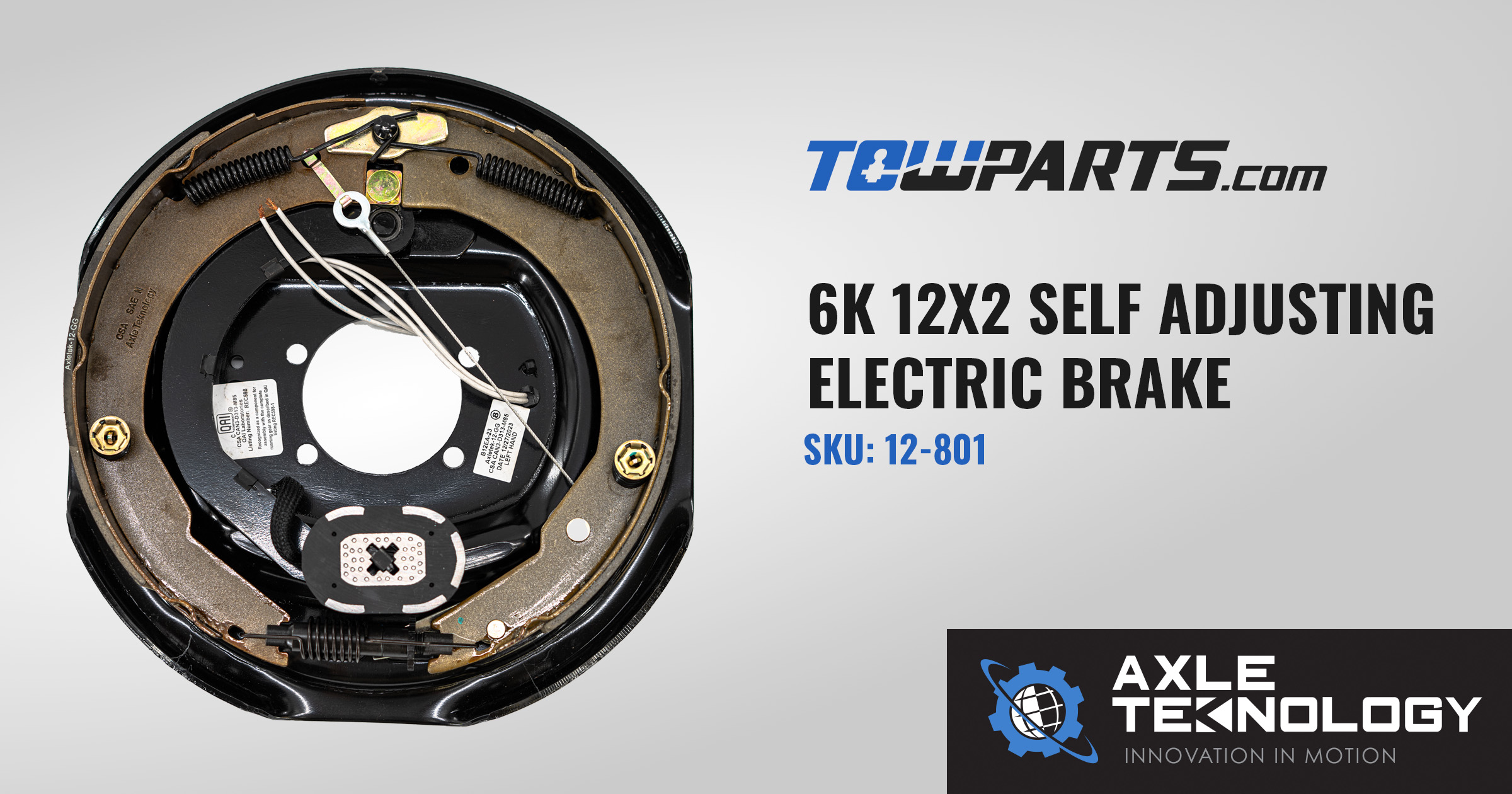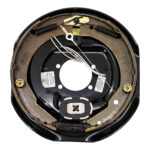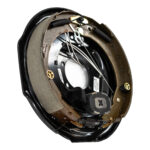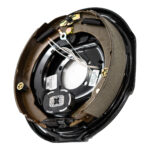97 in stock

Experience seamless and reliable braking performance with our 6000 lb 12 x 2 Self-Adjusting Electric Brake Assembly – Left Hand, specifically designed for left-hand applications. Built to meet the rigorous demands of trailer towing, this 6000 lb 12 x 2 Self-Adjusting Electric Brake Assembly – Left Hand ensures safety and peace of mind on every journey. With a capacity ranging from 5,200 lbs up to an impressive 7,000 lbs, it is the perfect fit for various axle ratings. This self-adjusting brake system eliminates the need for periodic manual adjustments, offering optimal performance without the hassle.




The 6000 lb 12 x 2 Self-Adjusting Electric Brake Assembly – Left Hand – Left Hand is a robust solution designed for demanding towing applications.
Here are some key technical specifications:
| Specification | Details |
|---|---|
| Wheel Size Compatibility | Fits 14.5″, 15″, 16″, and 16.5″ wheels. |
| Mounting Flange Bolt Pattern | Configured with a 5-bolt pattern. |
| Axle Rating | Supports axle ratings of 5,200 lbs, 6,000 lbs, and 7,000 lbs. |
| Limited Warranty | Come with a limited 1-year manufacturer warranty and a lifetime no-crack warranty. |
Our 6000 lb 12 x 2 Self-Adjusting Electric Brake Assembly – Left Hand is ideal for most standard hub-and-drum assemblies. It’s compatible with major brands such as Dexter, Lippert (LCI), and AL-KO, making it versatile across various trailer models. Whether you’re towing a recreational vehicle or commercial cargo, this brake system delivers reliable performance.
Designed specifically for left-hand applications, the 12 x 2 Inch Self-Adjusting Electric Brake Assembly is perfect for driver-side setups on trailers. Its robust design ensures that it can handle heavy loads up to 7,000 lbs and provides consistent braking power throughout its lifespan.
Installing our 6000 lb 12 x 2 Self-Adjusting Electric Brake Assembly – Left Hand is straightforward due to its user-friendly design. Unlike hydraulic brakes that require additional components like actuators and hydraulic lines, this assembly only needs an electric brake controller (sold separately). The automotive-grade friction material ensures long-lasting braking torque while minimizing the risk of cracking or crumbling, which can lead to mechanical lockups.
The self-adjusting feature simplifies maintenance tasks. Standard brakes often necessitate periodic manual adjustments to maintain optimal performance. In contrast, this system automatically keeps the brake shoes aligned, providing consistent braking without the need for frequent servicing.
The self-adjusting feature of our brake assembly significantly reduces maintenance requirements. Standard brakes often necessitate periodic manual adjustments to maintain optimal performance. In contrast, this system automatically keeps the brake shoes aligned, providing consistent braking without the need for frequent servicing.
Extensive testing by QAI and CSA ensures that our brake assembly meets stringent safety standards. The brake has been tested under real-world conditions in a complete automotive setup, ensuring reliable stopping distances. Additionally, it complies with SAE-N environmental regulations, making it an environmentally safe product suitable for use throughout the United States and Canada.
For more information on our trailer brakes and axles, visit:
Invest in the safety and reliability of your towing experience with our 12-inch by 2-inch self-adjusting electric brake assembly. Its advanced features, including automotive-grade friction material and e-coated backing plate, ensure a durable and efficient braking system that requires minimal maintenance. Perfect for trailers up to 7,000 lbs, it’s the ideal choice for any towing application.
| Weight | 12 lbs |
|---|---|
| Dimensions | 13 × 13 × 4 in |
You must be logged in to post a review.
Reviews
There are no reviews yet.